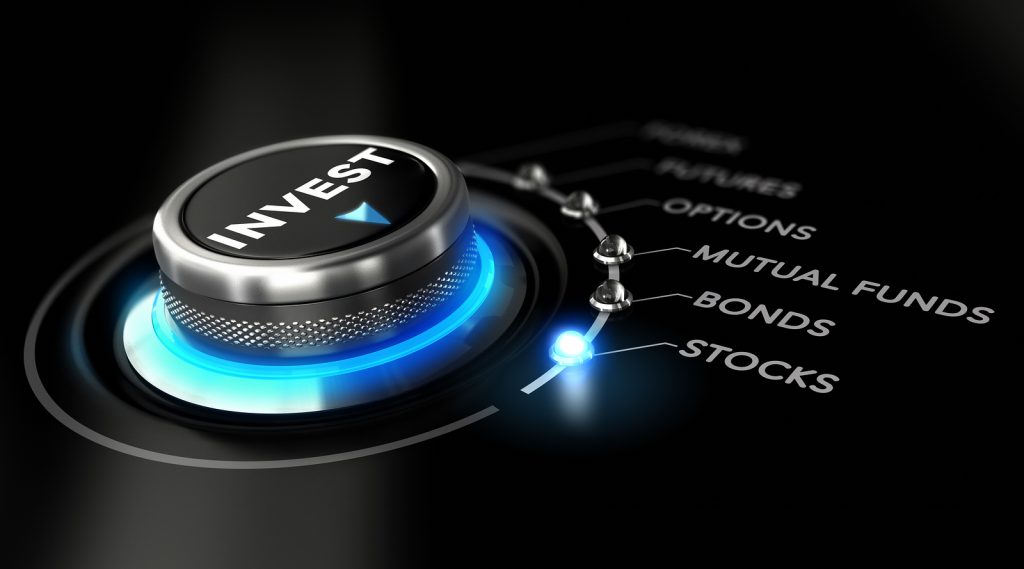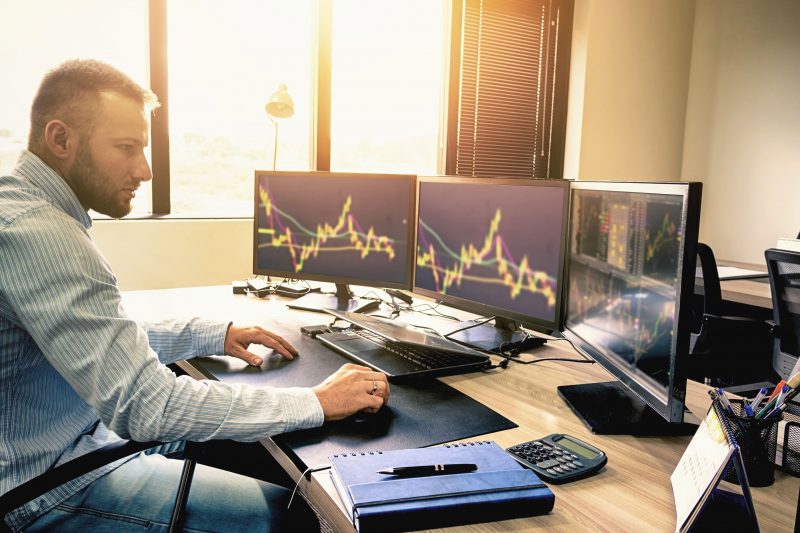Hammered by an unmatched health crisis, worldwide stocks toppled into a bear market at record speed, and after that rallied to new highs thanks to a flood of central bank money. Bond yields tanked to uncharted lows and the world’s reserve currency rose to all-time highs, just to then pull back to its weakest level in more than 2 years as 2020 draws to a close.
International possession allocators from BlackRock Inc. to JPMorgan Possession Management have detailed their takeaways for financiers from the unstable year. Here are a few of their reflections:
Rethink Bonds’ Role in Portfolios
The massive stimulus administered by international policymakers when markets seized up in March caused one instance of a breakdown in what has long been an unfavorable connection between equities and bonds. The 10-year U.S. Treasury yield increased from 0.3% to 1% within a week, and at the same time equity markets continued to fall.
Now, as financiers face lower-for-longer rates even as growth gets, doubts are emerging whether developed-market government bonds can continue to supply both security and diversity as well as satiate financiers seeking income gains. There’s likewise an argument over the conventional investing policy of putting 60% of funds in stocks and 40% in bonds, although the technique proved to be durable throughout the year.
“We anticipate more active fiscal stimulus than any other modern period in history in the next economic cycle, as financial and financial policy, align,” said Peter Malone, portfolio manager at JPMorgan Possession’s multi-asset solutions team in London. “Future returns from a basic, static stock-bond portfolio will likely be constrained.”
Some Wall Street giants recommend financiers take a pro-risk stance to adapt to the altering function of bonds. Among them, BlackRock Investment Institute encouraged financiers to rely on equities and high-yield bonds, according to a note released in early December.
‘Don’t Fight the Fed’
A couple of would have expected the swift turnaround in markets we saw in 2020. As Covid-19 spread, the S&P 500 Index plunged 30% in simply four weeks early in the year, a much faster tumble than the mean one-and-a-half-years it had taken it to get to the bottom in a previous bearish market.
Then, as federal governments and central banks supported economies with liquidity, stock costs rebounded at an equally astonishing rate. In about 2 weeks, the U.S. benchmark was up 20% from its March 23 low.
“Normally you get more time to position your portfolio in a correction,” stated Mumbai-based Mahesh Patil, co-chief investment officer at Aditya Birla Sun Life AMC Ltd. With markets moving so quickly, somebody in the money “would have been caught sleeping on this rally and it would have been challenging to catch up.”
Being a bit contrarian assists, Patil said, including that it’s better for investors not to take too large a get in touch with resting on the money. They need to likewise focus on a bottom-up portfolio so they can go through both up and down cycles, he stated.
SooHai Lim, head of Asia Equities ex-China at Barings, stated the quick market recovery proved the strength of the old stating “Don’t combat the Fed.”
That said, some fund managers warned that financiers need to not take swift reserve banks’ support as guaranteed.
“It was a flip of a coin where it went from there and whether they ‘d stepped in early enough,” said John Roe, head of multi-asset funds at Legal & & General Investment Management in London. “The downside could have been unprecedented.”

Teflon Tech
This year’s excessive rally in tech stocks gave financiers a chance of a lifetime. Anybody who lost out on this style that benefited considerably from stay-at-home and digitization patterns in the pandemic would probably find their portfolios lagging criteria. The top 10 U.S. businesses that have contributed the most gains to the S&P 500 Index this year are all technology-related stocks, ranging from cloud-computing leader Amazon.com Inc to chip maker NVIDIA Corp.
Even with a brief pause in November when positive trial results from a Covid-19 vaccine spurred a rotation into lagging cyclical shares, innovation has ended as the top-performing sector in Asia and Europe. Adherents of the worth strategy saw several incorrect starts throughout the year, as investors wager that the group of shares, specified by cheapness and mostly making up names sensitive to financial cycles, would finally have their day. They were dissatisfied.
“Never ever underestimate the impact of technology,” said Alan Wang, portfolio supervisor at Principal Global Investors in Hong Kong. Thanks to inexpensive loaning costs, “a great deal of brand-new technology has been re-rated and this (pandemic) simply created a great opportunity for them to re-invent our lives.”
Ingenious stocks now are being valued on intangible aspects such as goodwill and intellectual home rather than conventional techniques like price-to-earnings ratios, Wang said, including that investors need to embrace such evaluation strategies.
Money is King for Business
The pandemic and the speed with which it roiled markets revealed investors they must stick to business with strong balance sheets that can ride the waves of unsure times.
“The durability of stocks in a year like this assists to show their worth and justify their greater evaluation multiples in a low rate world,” stated Tony DeSpirito, a chief investment officer of U.S. basic active equity at BlackRock.
2020 declared two important lessons DeSpirito has discovered throughout the years: investors must carry out stress tests on business to see if those companies’ incomes and balance sheets are strong enough to make it through economic crises throughout regular times, and they need to diversify investments risks and likewise increase sources of alpha capacity.
Bear In Mind Civilian Casualties
Policymakers’ decisive rescue plans came at an expense for investors in some sectors. European banking shares tanked after being bought to halt dividends to preserve capital. In Asia, the genuine estate became the second-worst-performing industry after energy shares this year, weighed down by homeowners when some markets like Singapore’s passed laws asking property owners to provide some renters with rent relief.
“The federal government this time around has been quite heavy-handed,” said SooHai Lim, head of Asia Equities ex-China at Barings. “They have been more collaborated, a lot faster and more definitive.”
Lim said he will price in a higher threat level when investing in particular sectors like banks, which are “absolutely more exposed to the regulative intervention.”
Doubling Down on ESG
ESG-related possessions managed to exceed in many pockets of the market during volatility, showing doubters wrong. For instance, an FTSE index of global stocks with substantial involvement in ecological markets is up 35% this year, outperforming the international equity standard by more than 20 portion points.
“The Covid crisis has brought the requirement for a more quick change into sharp focus and we are seeing customers of all types reassess their long-lasting objectives and the results required of their investments,” said Harriet Steel, head of organization development at Federated Hermes.
In fact, the pandemic has triggered huge inflows to ESG-related items. Worldwide funds purchasing or embracing techniques associated with tidy energy, environment modification, and ESG have grown their assets under management by about 32% from a year previously to a brand-new record $1.82 trillion in 2020.









